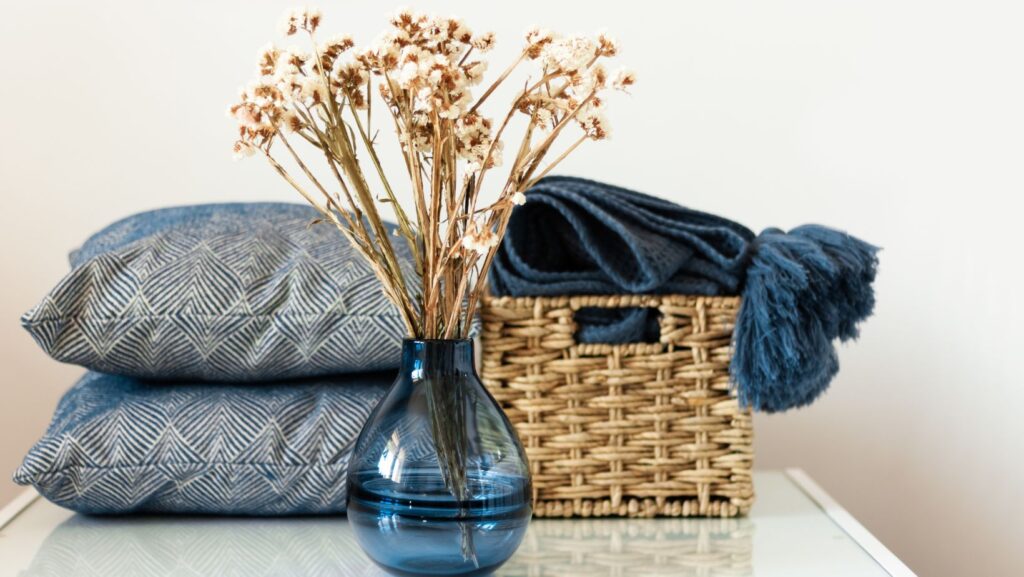
When it comes to updating a home, homeowners often find themselves at a crossroads: should you restore the home to its original glory or remodel it to reflect contemporary tastes and needs? Both paths offer exciting possibilities for those with an eye for design and a passion for transforming spaces. Let’s guide you through the nuances of restoring versus remodeling, helping you make informed decisions that align with your vision and lifestyle.
Preserving History vs. Creating Modernity
Restoration is a labor of love aimed at bringing a home back to its historical accuracy. This process involves meticulous research and attention to detail, as the goal is to preserve the original architectural features and charm that give the property its character. Decor in a restored home often includes period-appropriate furniture, fixtures, and colors that were popular at the time the home was built.
On the other hand, remodeling a home is about updating and adapting the existing structure to meet modern standards of comfort, convenience, and style. This might involve things like knocking down walls to create an open floor plan, updating fixtures and appliances, or adding completely new features like smart home technology. Decorating a remodeled home offers more freedom to incorporate current trends and personal taste, blending various styles to create a unique contemporary space.
Focus on Structural Integrity vs. Functional Reconfigurations
Restoration projects require a careful approach to maintain the structural integrity of a home as it was originally designed. This often involves restoring foundations, masonry, and other structural elements that are crucial for the house’s longevity but might not necessarily change its functionality.
On the other hand, remodeling, kitchen and bathroom remodeling in particular, are particularly popular because they not only enhance the home’s aesthetic but significantly boost its functionality and overall value. For example, a remodeled kitchen might feature a large island with seating, state-of-the-art appliances, and custom cabinetry, all designed to cater to modern living and entertainment needs. Similarly, bathroom remodeling can transform a purely functional space into a luxurious spa-like retreat with large showers, dual vanities, and heated floors.
Timeless Elegance With Period Pieces
In a restored home, every element serves to anchor the house in its specific time period, creating an authentic historical experience. Decorators often choose to furnish these spaces with antiques that reflect the era of the home, from Victorian sofas and Georgian dining tables to Art Deco lamps and Mid-Century Modern chairs. This commitment to the old world is not just about style; it’s about preserving a piece of history that can still function in the modern world.
A particularly fascinating aspect of decorating a restored home is the opportunity to incorporate significant art pieces that resonate with the property’s period. For those with a keen interest in the arts, finding Old Masters paintings for sale can be a thrilling hunt, as these works not only beautify a space but also create a profound connection to the past. The presence of such timeless art pieces enhances the authenticity of the restoration, making the home not just a place to live but a living museum that pays homage to its historical roots.
Authentic Materials vs. Modern Alternatives
In restoring a home, the choice of materials is crucial to keep the authenticity of the era intact. This might include sourcing original or reproduction materials that were used during the period the home was built, such as plaster for walls, slate for roofing, and hardwood floors. The decor follows suit, with an emphasis on antique pieces and fabrics that reflect the home’s original era.
Remodeling allows homeowners to blend modern materials and technologies with traditional designs, offering durability and ease of maintenance. For example, one might opt for quartz countertops that mimic the look of marble or engineered hardwood floors that provide the warmth of wood but withstand wear and tear better. This approach not only respects the home’s architectural lineage but also embraces modernity, creating spaces that are both beautiful and practical.
Energy Efficiency and Modern Comforts
While restoration focuses on historical accuracy, remodeling often prioritizes energy efficiency and modern comforts. A remodeled home might include double-paned windows, modern insulation, and energy-efficient HVAC systems that reduce energy consumption and provide a comfortable indoor climate year-round. These updates are crucial for sustainability and can significantly decrease ongoing utility costs.
Decor-wise, a remodeled home can sport eco-friendly materials such as bamboo flooring, recycled glass countertops, and non-toxic paint, which offer both style and a clear conscience. This modern approach allows homeowners to enjoy the latest in eco-friendly technology while providing a fresh, contemporary look that’s both stylish and functional.














